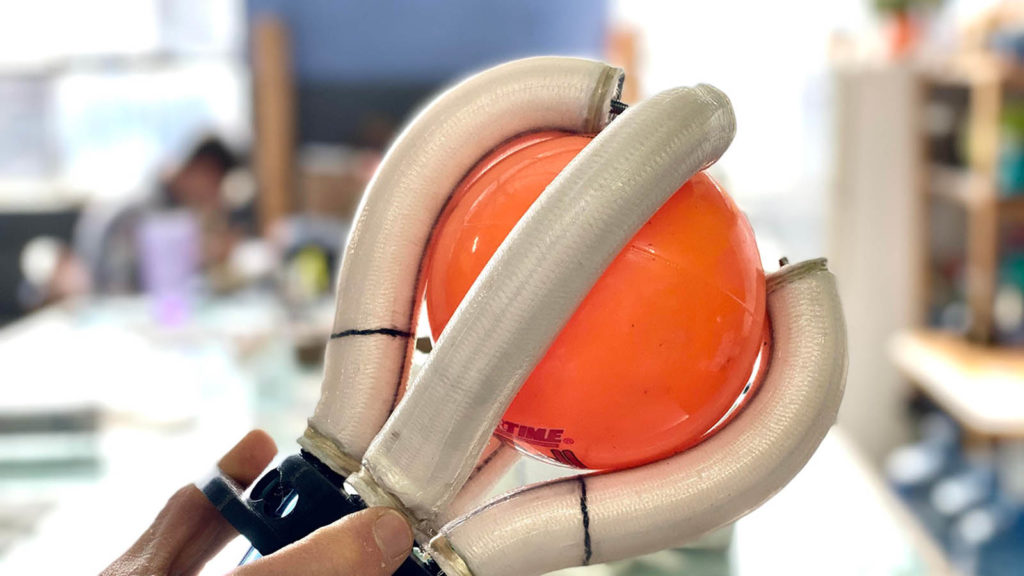
Robotics. Flexible robotics. Flexible, inflatable robotics. Deployable, inflatable robotic systems. At each step this method of addressing a range of challenges gets more complex, but the possibilities for its practical uses grow, as well. The fundamental properties are surprisingly similar, but the final implementation in each case is nothing short of ingenious.
In his presentation, “Deployable Robotic Systems: The Benefits of a Soft Approach to Hard Problems,” Ryan Gundling, CEO and lead engineer at Ryzing Technologies LLC, showed his IFAI Advanced Textiles Conference audience how sophisticated, mechanical, soft robotic structures can use inflatable technology to overcome a range of challenges in multiple market areas.
As much as we may all be familiar with static inflatable products, such as blow-up beds and bouncy castles, larger products, such as static air-supported structures, are also in the marketplace, and “used a lot by the U.S. Army,” Gundling says. The added dimension of dynamic capabilities takes this technology to quite another level.
Gundling’s company has developed inflatable components that can be interfaced with mechanical parts to form a unique end product, designed and built for a specific use, such as in military operations, for automated systems in industrial environments, robotics for maintenance projects and other systems that function autonomously. Soft, inflatable technology can be an integral part of a robotic hand, for example, that can pick up an item without damaging it, or it can tunnel like a worm in a search and rescue situation where a person could not possibly go.
Soft robotics, generally, have some advantages over rigid systems, he says, including low mass, low storage volume, simple joints, scalability, and safety compliance. They can also be difficult to control and less powerful and precise than rigid robotics. But pairing this technology with rigid mechanical components offers more solution possibilities.
The technology has been deployed in a project for NASA’s moon exploration, but there are a number of earth-bound applications well suited to it, as well. Exoskeletons can be deployed for performance enhancement or worker safety, as well as in aiding persons with physical challenges. Inflatable robotics are also useful on archaeological sites, for building restoration projects and even under water in marine research.
Although the company has not yet integrated smart fabrics in their projects, Gundling says, “We’ve thought about it. … That’s definitely the next step for us.”
 TEXTILES.ORG
TEXTILES.ORG


